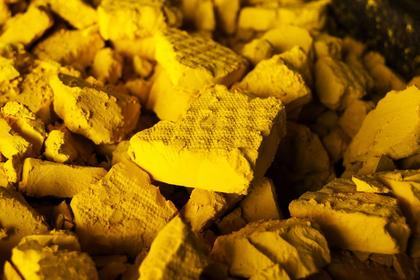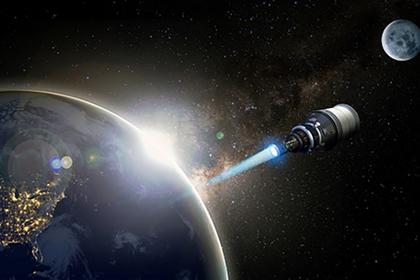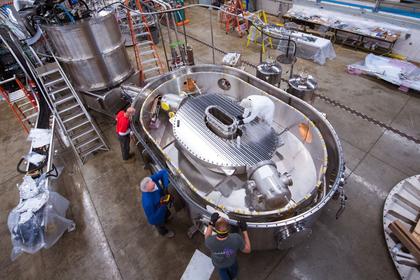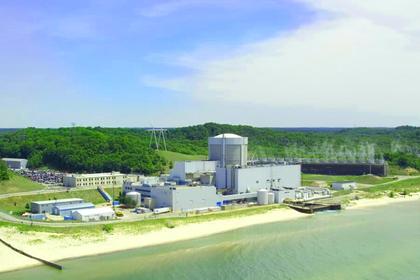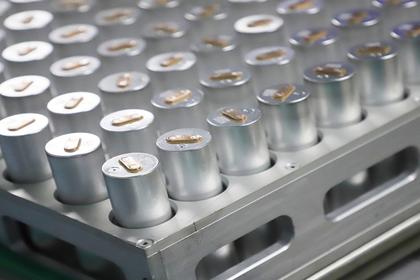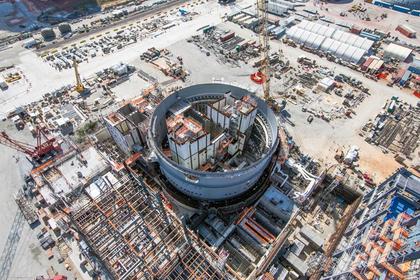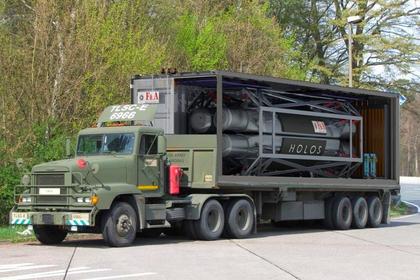
U.S. NUCLEAR DEVELOPMENT $1.7 BLN
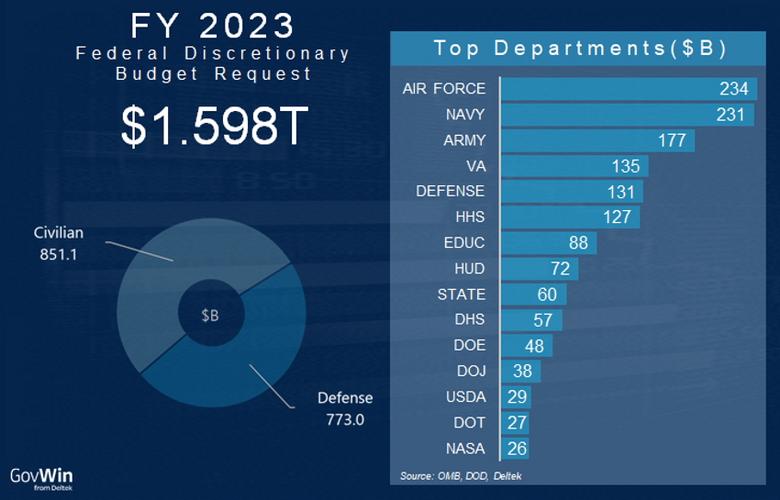
U.S. DOE - JUNE 6, 2022 - The U.S. Department of Energy (DOE) released its Fiscal Year 2023 (FY23) Budget request in April. The request includes $1.7 billion for the Office of Nuclear Energy (NE) and is one of the highest asks ever for NE. This will allow the office to act swiftly on funding activities to support emerging technologies and improvements to the nuclear fuel cycle.
The Budget complements the Bipartisan Infrastructure Law (BIL), which provides more than $62 billion for the Department over a five-year period to deliver a more equitable clean energy future for the American people.
The BIL includes funding to demonstrate advanced reactors, preserve the existing fleet, and develop new ways to produce clean hydrogen, including the use of nuclear energy. NE will continue supporting the implementation of the BIL in coordination with the Office of Clean Energy Demonstrations and the Grid Deployment Office.
Here are the five key takeaways from DOE’s latest budget request that advance nuclear energy and help support the nation’s ambitious goal of net-zero emissions by 2050.
1. ADVANCED REACTOR DEMOS ARE MOVING TO THE OFFICE OF CLEAN ENERGY DEMONSTRATIONS
The BIL includes approximately $2.5 billion through FY26 to support the demonstrations of X-energy’s Xe-100 reactor and TerraPower’s Natrium reactor in the United States. Project management and oversight functions for both projects will be carried out under DOE’s new Office of Clean Energy Demonstrations as outlined in the BIL. NE will continue to manage other projects under the Advanced Reactor Demonstration Program (ARDP).
2. R&D REQUEST IS UP 8%
NE is requesting roughly $725 million in research and development activities—an 8 percent increase over the FY22 request.
The request includes $140 million to support projects awarded under ARDP and $12 million to help mature three additional design concepts.
The request also supports the continued development of small modular and microreactor projects, including MARVEL, which will be used to demonstrate end-use applications in the mid-2020s.
3. MAKING HALEU AVAILABLE FOR ADVANCED REACTOR FUEL
NE is requesting $95 million to further establish a program to incentivize the commercial production of high-assay low-enriched uranium (HALEU) fuel. The funding will be used to procure enriched uranium and deconversion services under the recently formed HALEU Availability program.
The request also supports DOE’s HALEU enrichment demonstration project that is expected to produce 900 kilograms of HALEU per year to help support the demonstration of advanced reactors.
4. ADVANCING U.S. UNIVERSITY R&D
NE is consolidating some of its funding into a new bucket this year to better serve small businesses and U.S. universities, with specific attention to the needs of minority serving institutions (MSIs) and disadvantaged communities.
The office is requesting $161 million to support emerging technologies developed by U.S. universities, colleges, and small businesses. The funding also supports university infrastructure improvements and fuel services along with workforce development, including scholarships and fellowships.
This newly proposed line item in the budget will allow faculty to propose bolder and more creative R&D directions. It will also empower NE to support the expansion of nuclear engineering programs at MSIs. NE plans to issue a request for information by the end of fiscal year 2022 to help identify research infrastructure and other capabilities on which to center those new and expanding university programs.
5. CONSENT-BASED SITING
Finally, NE’s budget request includes $53 million to further develop DOE’s integrated waste management strategy for the nation’s spent nuclear fuel. The request includes money to continue early-phase funding for interested groups, communities, States, and Tribes to explore consent-based siting and interim storage, support mutual learning, and reduce barriers to participation in the consent-based siting process.
Read the FULL FY23 BUDGET REQUEST and learn more about DOE’s role in supporting the BIL HERE.
-----
Earlier:
